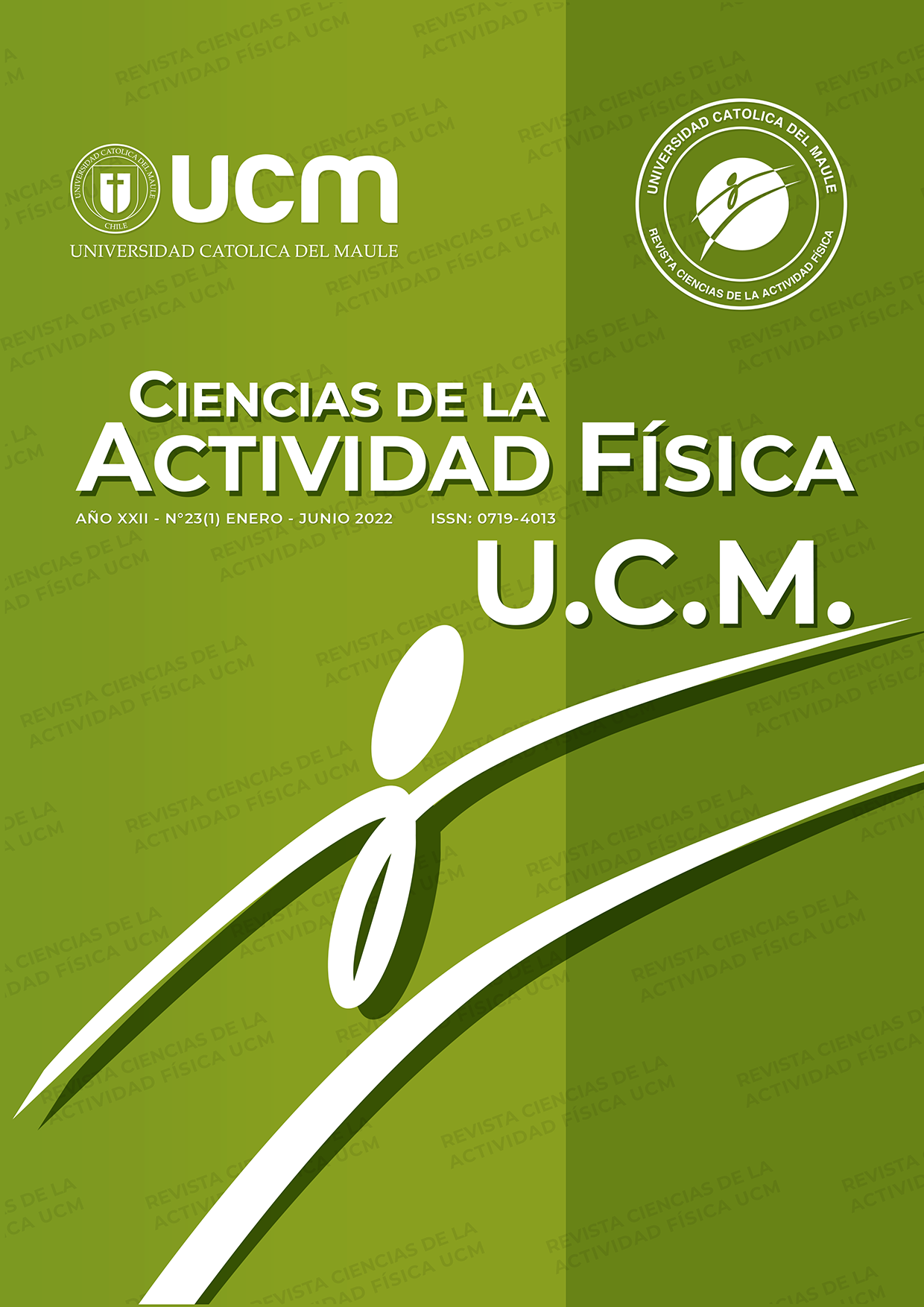Ashwell, M., & Gibson, S. (2014). A proposal for a primary screening tool: “Keep your waist circumference to less than half your height.” BMC Medicine, 12(1), 1–6. https://doi.org/10.1186/s12916-014-0207-1
Benjamin, E. J., Virani, S. S., Callaway, C. W., Chamberlain, A. M., Chang, A. R., Cheng, S., Chiuve, S. E., Cushman, M., Delling, F. N., Deo, R., De Ferranti, S. D., Ferguson, J. F., Fornage, M., Gillespie, C., Isasi, C. R., Jiménez, M. C., Jordan, L. C., Judd, S. E., Lackland, D., … Muntner, P. (2018). Heart disease and stroke statistics - 2018 update: A report from the American Heart Association. In Circulation, 137(12), e67-e492. https://doi.org/10.1161/CIR.0000000000000558
Burns, R. D., Brusseau, T. A., Fang, Y., Fu, Y., & Hannon, J. C. (2016). Establishing waist-to-height ratio standards from criterion-referenced BMI using ROC curves in low-income children. Journal of Obesity, 2740538. https://doi.org/10.1155/2016/2740538
Cohen, J. (1988). Statistical Power Analysis for the Behavioral Sciences. (2ª. Ed.). Lawrence Erlbaum Associates.
Han, T. S., Van Leer, E. M., Seidell, J. C., & Lean, M. E. J. (1995). Waist circumference action levels in the identification of cardiovascular risk factors: Prevalence study in a random sample. British Medical Journal, 311(7017), 1401-1405. https://doi.org/10.1136/bmj.311.7017.1401
Koch, E., Romero, T., Manríquez, L., Taylor, A., Román, C., Paredes, M., Díaz, C., & Kirschbaum, A. (2008). Razón cintura-estatura: un mejor predictor antropométrico de riesgo cardiovascular y mortalidad en adultos chilenos: nomograma diagnóstico utilizado en el Proyecto San Francisco. Revista Chilena de Cardiología, 27(1), 23-35. https://repositorio.uchile.cl/handle/2250/128451
Lahera, V., Millán, J., & Vázquez, M. (2010). Consenso sobre el concepto de síndrome metabólico para su uso diagnóstico. Clinica e Investigaciones en Arteriosclerosis, 22(2), 70–71. https://doi.org/10.1016/j.arteri.2010.03.007
Ledo-Varela, M. T., de Luis Román, D. A., González-Sagrado, M., Izaola Jauregui, O., Conde Vicente, R., & Aller de la Fuente, R. (2011). Características nutricionales y estilo de vida en universitarios. Nutrición Hospitalaria, 26(4), 814–818. https://doi.org/10.3305/nh.2011.26.4.5156
López De La Torre, M., Bellido Guerrero, D., Vidal Cortada, J., Soto González, A., García Malpartida, K., & Hernandez-Mijares, A. (2010). Distribución de la circunferencia de la cintura y de la relación circunferencia de la cintura con respecto a la talla según la categoría del índice de masa corporal en los pacientes atendidos en consultas de endocrinología y nutrición. Endocrinologia y Nutricion, 57(10), 479-485. https://doi.org/10.1016/j.endonu.2010.06.009
Manzini, J. L. (2000). Declaración De Helsinki: Principios Éticos Para La Investigación Médica Sobre Sujetos Humanos. Acta Bioethica, 6(2), 321–334. https://doi.org/10.4067/s1726-569x2000000200010
Ministerio de la Protección Social. (2010). ENSIN: Encuesta Nacional de la Situación Nutricional en Colombia 2010. Instituto Colombiano de Bienestar Familiar. https://www.icbf.gov.co/bienestar/nutricion/encuesta-nacional-situacion-nutricional#ensin2
Ministerio de Salud. (2019). Análisis epidemiológico y causas de muerte de personas fallecidas estando en listas de espera No GES. https://www.minsal.cl/wp-content/uploads/2019/08/Ord.-3380-Glosa-06-An%C3%A1lisis-Personas-Fallecidas-LE-GES-y-No-GES-Jun-2019.pdf
Morales, G., Guillen-Grima, F., Muñoz, S., Belmar, C., Schifferli, I., Muñoz, A., & Soto, A. (2017). Factores de riesgo cardiovascular en universitarios de primer y tercer año. Revista Médica de Chile, 145(3), 299–308. http://dx.doi.org/10.4067/S0034-98872017000300003
Nishida, C., Ko, G. & Kumanyika, S. (2010). Body fat distribution and noncommunicable diseases in populations: overview of the 2008 WHO Expert Consultation on Waist Circumference and Waist–Hip Ratio. European Journal of Clinical Nutrition, 64, 2-5. https://doi.org/10.1038/ejcn.2009.139
Padilla-García, C. I., Jaimes-Valencia, M. L., Fajardo-Nates, S., & Ramos-Franco, A. M. (2014). Factores de riesgo cardiovascular y estilos de vida de estudiantes universitarios. MedUNAB, 17(2), 81–90. https://doi.org/10.29375/01237047.2171
Palomo, I. F., Torres, G. I., Alarcón, M. A., Maragaño, P. J., Leiva, E., & Mujica, V. (2006). Alta prevalencia de factores de riesgo cardiovascular clásicos en una población de estudiantes universitarios de la región centro-sur de Chile. Revista Española de Cardiología, 59(11), 1099–1105. https://doi.org/10.1157/13095778
Pouliot, M. C., Després, J., Lemieux, S., Moorjani, S., Bouchard, C., Tremblay, A., Nadeau, A., & Lupien, P. J. (1994). Waist Circumference and Abdominal Sagittal Diameter: Best Simple Anthropometric Indexes of Abdominal Visceral Adipose Tissue Accumulation and Related Cardiovascular Risk in Men and Women. The American Journal of Cardiology, 73(7), 460–468. https://doi.org/10.1016/0002-9149(94)90676-9
Salvador Soler, N., Godoy Cumillaf, A. E. R., Salomón Mella-Soto, J., Carmona López, M. I., & Fernández, J. J. (2016). Estado nutricional, riesgo cardiovascular y nivel de glucemia de estudiantes universitarios de Pedagogía en Educación Física. Nutricion Hospitalaria, 33(2), 289–291. https://doi.org/10.20960/nh.105
Villca Villegas, J. L., Chavez-Soliz, H. R., Mamani Ortiz, Y., & Arévalo Gonzales, M. R. (2020). Correlación y concordancia de los índices circunferencia/cintura y circunferencia/talla con el índice de masa corporal. Gaceta Medica Boliviana, 42(2), 122–126. https://doi.org/10.47993/gmb.v42i2.88
Ward, H., Tarasuk, V., Mendelson, R., & McKeown-Eyssen, G. (2007). An exploration of socioeconomic variation in lifestyle factors and adiposity in the Ontario Food Survey through structural equation modeling. International Journal of Behavioral Nutrition and Physical Activity, 4(8), 1–12. https://doi.org/10.1186/1479-5868-4-8
Zhang, Y., Gu, Y., Wang, N., Zhao, Q., Ng, N., Wang, R., Zhou, X., Jiang, Y., Wang, W., & Zhao, G. (2019). Association between anthropometric indicators of obesity and cardiovascular risk factors among adults in Shanghai, China. BMC Public Health, 19(1), 1035. https://doi.org/10.1186/s12889-019-7366-0


 https://orcid.org/0000-0003-0051-9833
https://orcid.org/0000-0003-0051-9833
